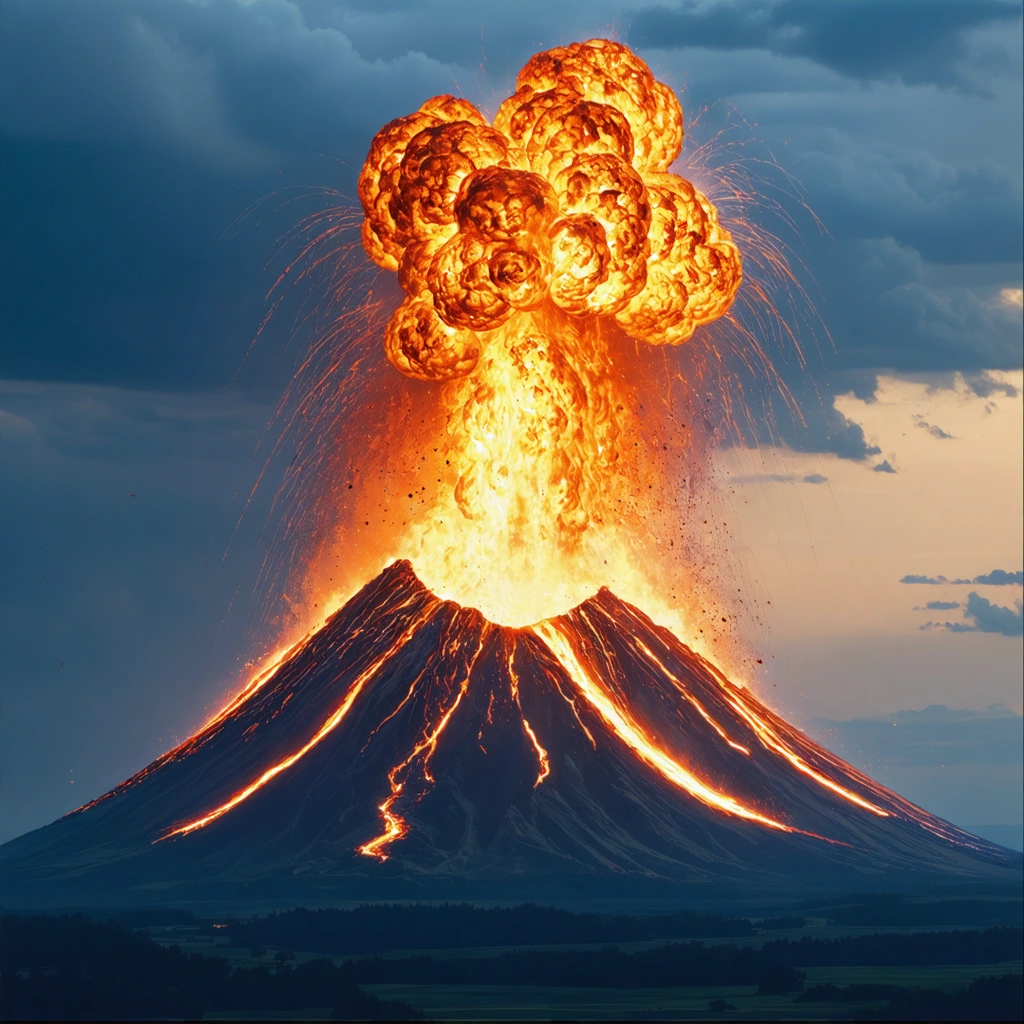
Introduction
The Campi Flegrei is one of the world’s most dangerous volcanoes, located in the densely populated region near Naples. Despite being relatively quiet in the past few centuries, this volcano’s complex geological history and recent research suggest its potential for more frequent and devastating eruptions.
The Ancient Eruption: An In-depth Look
Historical Context
The last major eruption of the Campi Flegrei occurred approximately 40,000 years ago. This ancient outburst, known as the Campanian Ignimbrite (CI) eruption, was one of the largest volcanic events in European history.
New Research Findings
Recent studies have been re-examining the history and impact of this ancient eruption. These studies suggest that the CI eruption was even more powerful and extensive than previously estimated. This means that the Campi Flegrei has the potential for larger and more devastating eruptions than we previously believed.
Future Implications: The Threat of Major Eruptions
Increased Frequency
New analyses of the Campi Flegrei’s geological history suggest that major eruptions may occur more frequently than we thought. This raises serious concerns about the future safety of the region.
Preparedness and Response
Given the potential threat, there is a critical need for increased monitoring and preparedness. There is also a need for effective response plans in the event of an eruption. These should include evacuation strategies, infrastructure protection plans, and post-eruption recovery initiatives.
Conclusion
Understanding the Campi Flegrei’s volcanic history and potential for future eruptions is crucial for the safety and wellbeing of the millions of people living in the vicinity. Continued research and preparedness efforts are vital to mitigate the risks posed by this significant geological threat. Source: Italy’s Campi Flegrei volcano may unleash devastating eruptions more often than we thought, ancient outburst suggests







